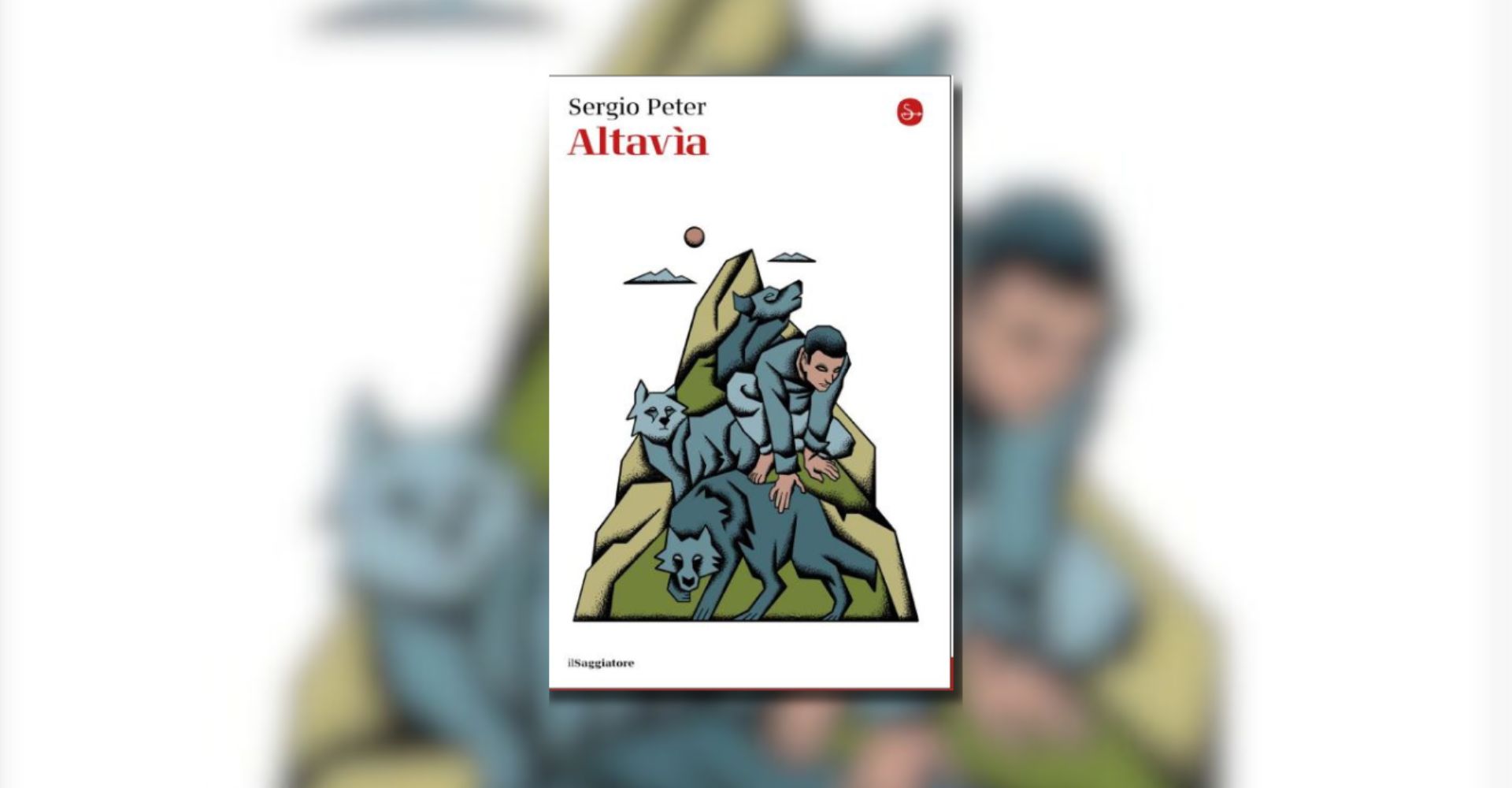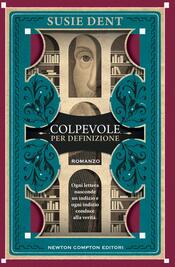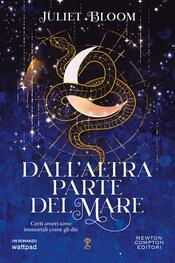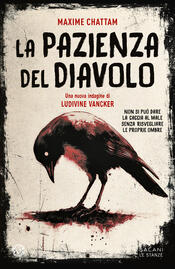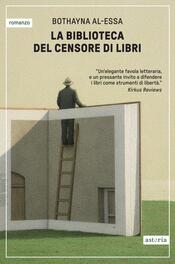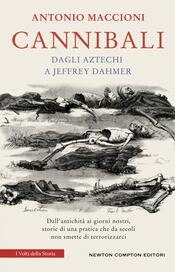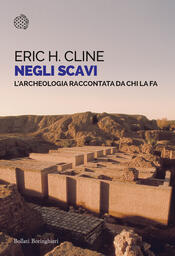

La sezione aurea. Storia di un numero e di un mistero che dura da tremila anni
Acquistalo
Sinossi
Ci sono numeri che da millenni affascinano chiunque si accosti alla matematica. Uno è pi greco, 3,1415... Un altro - meno noto e ancor più sorprendente - è phi, 1,6180... Anche phi, come pi greco, è un numero irrazionale, cioè non si può esprimere con una frazione e ha infinite cifre apparentemente casuali dopo la virgola. Phi è il valore numerico della sezione aurea, scoperta dai pitagorici, definita da Euclide e chiamata, in un trattato di Luca Pacioli illustrato da Leonardo, "divina proporzione". In questo libro Mario Livio illustra i miti e la realtà della sezione aurea e mostra il rapporto tra il mondo fisico, le creazioni artistiche e la limpida bellezza dei numeri.
- ISBN:
- Casa Editrice:
- Pagine: 410
- Data di uscita: 27-04-2017
Recensioni
When people leave organized religion, they often look for mystical awe elsewhere. Math is a not infrequent haven of new agers who gave up on the tried and true faiths of their parents. Real math takes lots of work, whereas quick mystical attachment takes very little effort. This book shows how many
A historical exploration of what Livio characterizes as "Golden Numberism" Personally I would have thought that there was plenty of fodder in our world to put into a thoroughly fascinating full-length book on the irrational number that mathematicians have universally come to call "the Golden Ratio". Leggi tutto
Well, I was expecting something a bit more exciting because of my natural love for Phi, simply because, you know... SPIRALS are EVERYWHERE, Dude. Still, the author does a palatable job of giving me a fairly decent history of mathematics from the focus of the Golden Ratio, the Golden Triangle, the log Leggi tutto
Livio's book examines the convoluted history and applications of phi. Like π (pi) it is both a constant and an irrational number. It's derivation is deceptively simple. Imagine a line divided into a longer segment (a) and a shorter segment (b); the dividing point is placed so that the longer segment Leggi tutto
Here I go all math geeky again. I picked up this slim book (about 250 pages) a couple years ago and then I started thinking about it and felt compelled to read it. (Voices in my head. You know.) The golden ratio, or phi (pronounced "fee"), was first discovered by Euclid (remember him from geometry c Leggi tutto
This is one of the oldest (perhaps the oldest?) physical books I own and have yet to read. Goodreads suggests I’ve had it for nearly a decade. Oops. The truth is, I was never excited to read this. I love reading math books ! But I am not particularly enamoured of books that explore one or two “specia Leggi tutto
Terrible book. Poorly written. Vague. No direction. This book is more numerology. The author creates loose and thin parallels to Phi, then refutes them. This happens repeatedly throughout the book. The great pyramids might be built based on a ratio similar to phi. Oh, no, maybe not. Oh, these painti Leggi tutto
Am I nerd for voluntarily reading this? Yep. Do I care? Nope. I'm not the brainest person on the planet. Actually, I'm not very geeky at all. But I love to learn. I like to spend time analyzing and picking things apart ; dissecting the material and discussing it with someone. However, not everything Leggi tutto
The Fibonacci sequence (and its consequent relationship to the Golden Ratio) is one of my favourite things. No, really. So I went into this book already interested and somewhat informed. Not sure if that would make a difference, though, because Livio's treatment of this topic is really solid. For on Leggi tutto
Citazioni
Al momento non ci sono citazioni, inserisci tu la prima!

